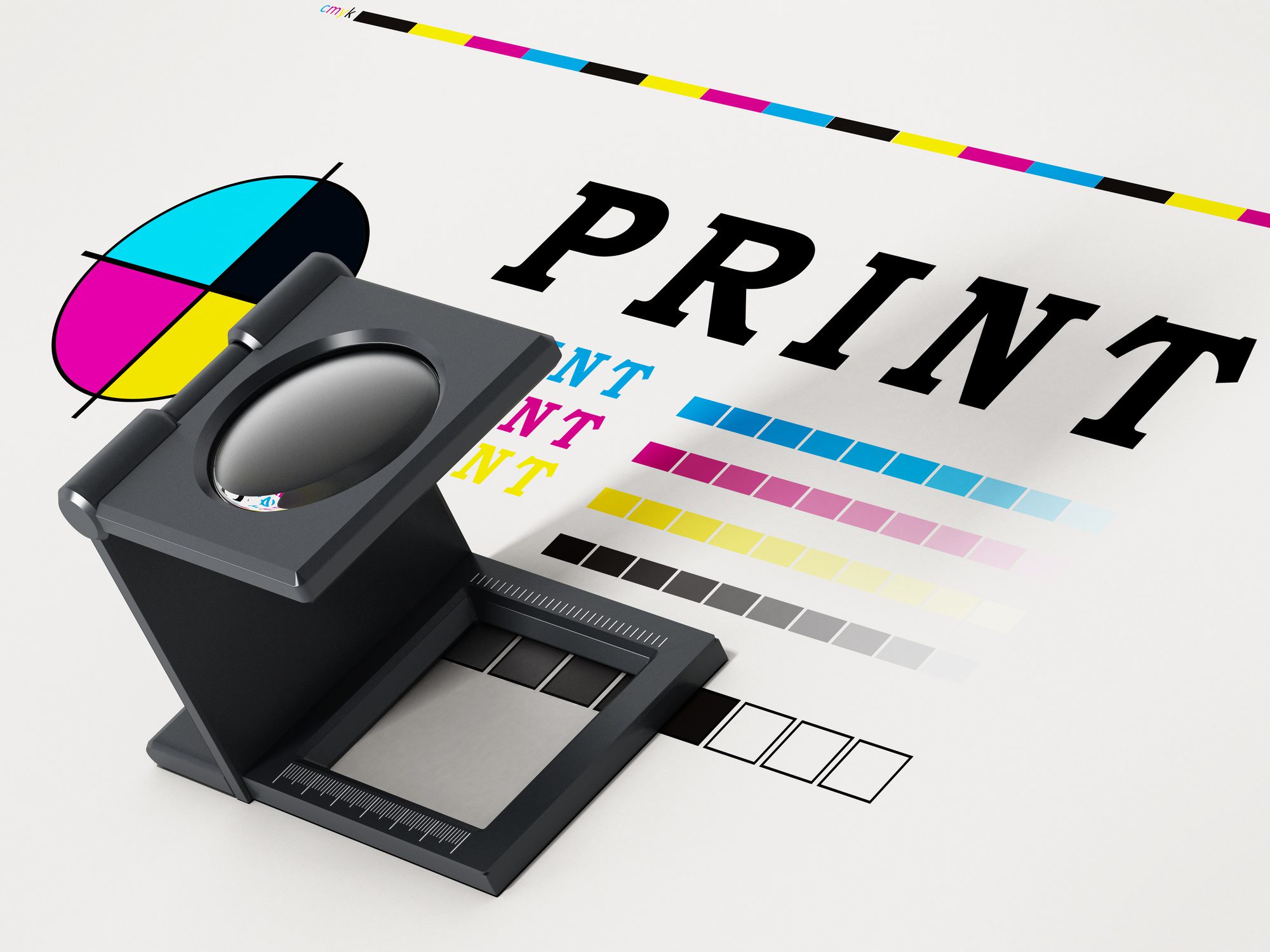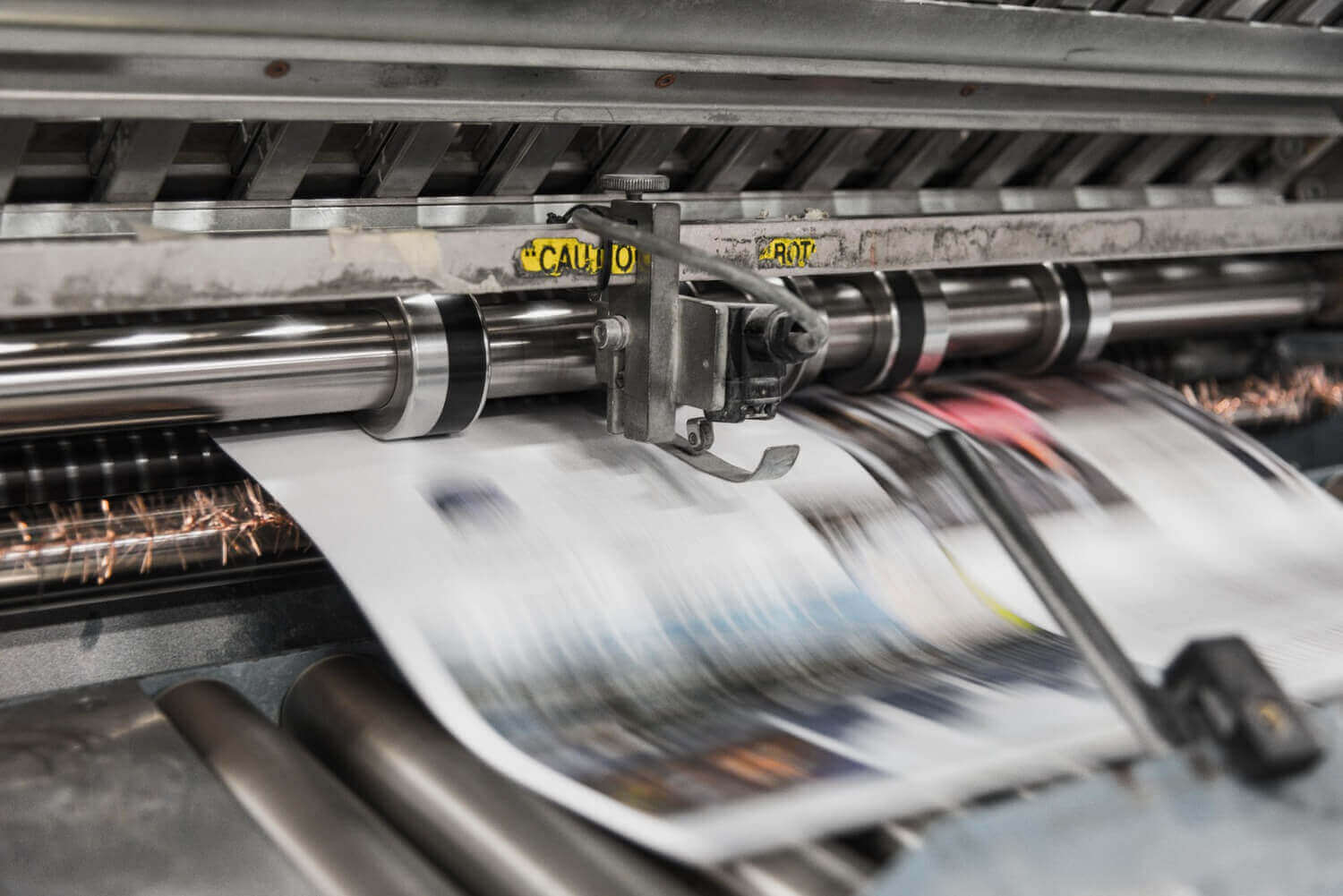Understanding Exactly How Digital Printing Changes the Printing Industry
The printing market, long soaked in conventional approaches, is undergoing a radical improvement with the advent of digital printing. This ingenious innovation, which shuns the demand for printing plates, allows fast manufacturing and customization, reshaping the landscape of print communication. With its potential to spur interaction via individualized content and to provide lasting options, it's clear that electronic printing is more than a technological development; it's a crucial video game changer. But exactly how precisely does it change the industry? Allow's discover.
The Development of Digital Printing: A Short Summary
Because its beginning, digital printing has actually undergone substantial changes, continuously transforming the printing sector. With the arrival of the 90s, electronic printing innovation started to develop, and the sector witnessed the intro of straight imaging presses, which eliminated the demand for publishing plates. As the new millennium unfolded, innovations in technology additionally stimulated the growth of digital printing, leading to the development of high-speed inkjet printers.

Unloading the Innovation Behind Digital Printing
Delving into the intricacies of digital printing innovation, one runs into a rich tapestry of sophisticated equipment and complex algorithms. At the heart of this process lies an electronic photo, which is processed by software application that splits it right into a grid of dots. This intricate system, strengthened by advanced software application and high-resolution imaging, has actually changed the landscape of the printing industry, paving the way for unprecedented levels of detail and precision.

The Advantages of Digital Printing for Businesses
Recognizing the modern technology behind digital printing gives a clear photo of its accuracy and detail. For organizations, this equates right into various benefits. Electronic printing uses unprecedented rate, allowing companies to meet limited due dates without compromising on high quality. Next off, it reduces costs as there are no plates or physical configuration, making it excellent for small-volume important link printing tasks. Furthermore, this modern technology provides premium consistency with each print outcome, removing variations often seen in standard methods. Last but not least, electronic printing is eco-friendly, utilizing much less ink and generating much less waste. However, the full potential of digital printing is realized when used for personalization and personalization, a topic that will be covered detailed in the next section.
The Role of Digital Printing in Modification and Personalization
While conventional printing methods battle with modification and personalization, electronic printing excels in these locations. It enables the very easy alteration of styles, without the need for pricey and taxing plate modifications (print on demand). This enables businesses to customize products to specific customers, conference particular demands and improving customer satisfaction
Digital printing also enables variable information printing, where aspects such as text, graphics, and pictures might be altered from one published see here item to the following, without decreasing the printing procedure. This is specifically beneficial for direct advertising and marketing projects, where tailored messaging can substantially enhance reaction rates. By doing this, electronic printing not only changes the printing sector however likewise changes the way services connect with their customers.
Analysing the Environmental Influence of Digital Printing
Although electronic printing has actually been lauded for its duty in modification and customization, it is vital to analyze its ecological influence. Digital printing can be less wasteful than standard approaches, because it operates a 'print as needed' basis, getting rid of the requirement for big print runs that can cause excess and waste. In addition, it utilizes less chemicals and generates much less volatile organic compounds (VOCs) compared to offset printing. However, the energy usage of digital printers can be high, resulting in enhanced carbon footprint. The use of non-recyclable printing components and the challenge of e-waste monitoring posture substantial ecological issues. As a result, while digital printing has many advantages, its environmental impact has to be diligently handled.
Conclusion
To conclude, digital printing has changed the printing market, offering fast, you can look here cost-effective, and high-grade options. It facilitates modification, enhancing consumer interaction, and employs a sustainable print-on-demand version. As this technology proceeds to evolve, its influence on business communication, consumer fulfillment, and ecological sustainability becomes progressively extensive. Understanding these changes is critical for companies to utilize the advantages of digital printing successfully.